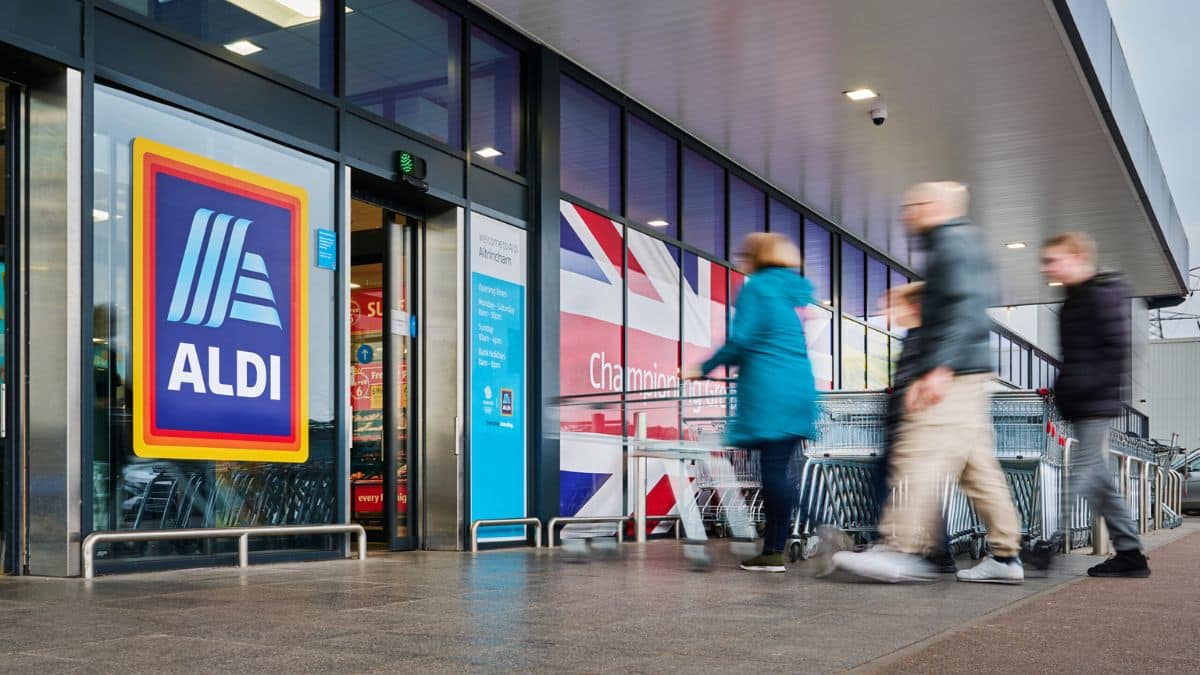
Doug Fugate loves to travel. But going places can require lots of walking and long-stretches of sitting — in cars, trains, or airplanes. And that can be tricky because Fugate has peripheral artery disease (PAD), in which narrowed arteries prevent blood from flowing easily to his legs and arms.
Fugate, who’s 58 and lives in Austin, TX, has had two femoral-popliteal bypasses to open blocked arteries in his legs. He wants to keep these bypasses open. When he travels, Fugate makes sure to move frequently, even when he is on a plane. “Walking is often the best medicine for PAD,” he says.
Many people with PAD can travel safely, says Kurtis Kim, MD, director of The Vascular Laboratory at Mercy Medical Center in Baltimore. But if PAD makes walking painful, smart preparations can make your trips go more smoothly.
Know your limits. For example, if you’re headed to the airport or a train station, if you think you may need it, ask ahead if wheelchairs or other assistance is available. Since his surgery to open the blood flow to his legs, Fugate’s leg pain is minimal enough that he can get by at airports without a wheelchair.
Still, “sometimes running from terminal to terminal puts a lot of stress on my right foot,” he says. I’m good if I’m not carrying anything, but typically I have my laptop bag and a carry-on, so the extra weight puts pressure on my PAD foot.” If so, Fugate stops and shakes his foot for about 15 seconds, then keeps going when it feels better.
A few years ago, Fugate created a Facebook group, P.A.D. Support Group (PAD / PVD), which now has more than 2,400 members. With so many people in the group, it’s become an invaluable resource for advice on living with PAD, including tips for traveling.
It may help to get in some extra walking before you’re stuck in your plane or train seat. Fugate tries to arrive earlier than he needs to, so he has time to walk slowly and rest along the way.
When booking a hotel, find out if there’s an elevator or ask for a lower floor. You can also request a room with accessibility features, Fugate says.
When Fugate flies, he tries to move his legs around often.That’s not always easy given the cabin room in airplanes, but even a simple move like taking off his shoes and resting his feet on top of them can help. He also gets up for walks down the aisle every 30 minutes or so to keep his blood flowing.
Steve Hamburger, a semi-retired marketing professional in Westlake Village, CA, agrees that legroom can be an issue. If you can afford it, “try to upgrade to more leg room when flying,” he says.
Like Fugate, Hamburger gets up and walks the aisles in an effort to keep dangerous blood clots from forming. He also tries to stay hydrated and avoids alcohol in the air.
Since Fugate’s PAD affects his right foot, which he uses to drive, car travel can be challenging. “My foot tends to fall asleep after several hours of driving,” he says. To prevent that, he stops every hour to get out, walk, and stretch. This also helps to reduce swelling in the lower legs and feet and reduces the risk of a blood clot in the veins, called deep vein thrombosis.
If he’s a passenger on a long drive, he is able to move his legs around and find a position that is comfortable for him.
Doctors recommend a regular walking program for people with PAD: with time and practice, the more you walk, the less it hurts. If you are planning a trip, make sure that you start or continue a good walking regimen at home so that pain does not interfere with your travel.
Fugate says walking is a key ingredient for safe travel. “To help combat the negative side effects of PAD, I walk 10,000 or more steps a day and keep myself hydrated. When I know I’m going to be traveling, I make sure I have a couple of bottles of water in my bag,” he says.
Fugate also plans activities that include walking. For example, he may scout out a walking trail that also has benches along the way to sit down and rest.
Hamburger also swears by walking. “I don’t have major problems when traveling with PAD because I try to maintain my walking regimen every day,” he says.
For vacations, Hamburger opts for trips to the beach or the mountains, where there are hiking or walking trails. He doesn’t let bad weather get in the way. “If it means walking the corridors of a hotel when it’s raining outside, I do that.”






